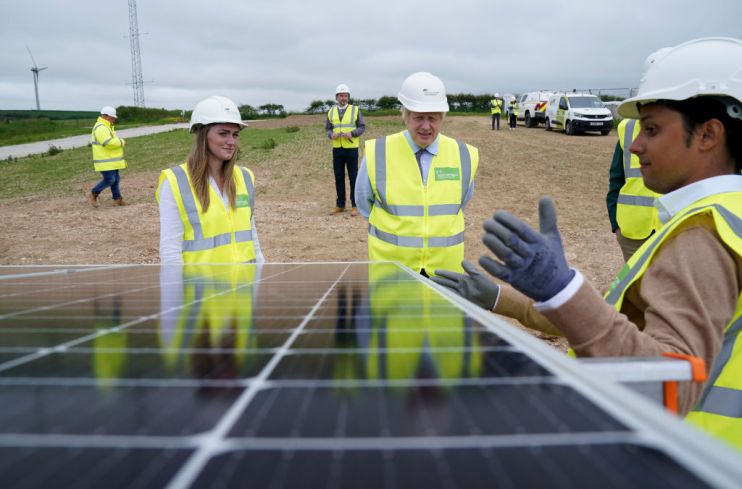Journey to Net Zero: Green infrastructure will be the next big thing for tech investors

If we’re going to hit net zero, we need a huge change to our energy infrastructure in a very short amount of time.
This is needed to help us overcome challenges like how to store renewable energy, solve grid intermittency, and electrify our heating supply. The build out of new renewable energy infrastructure is happening, but not fast enough. And it requires significant investment – at least $15 trillion over the next 30 years.
Take grid scale batteries for example, which allow us to store huge amounts of renewable energy for when it’s needed, creating a more reliable, flexible and green grid. We need 225x (~4.5Twh) more battery storage capacity globally by 2050 to provide us with the renewable energy we need, when we need it. Building and operating these assets is no small task, and will require significant capital investment to the tune of $1.2tn.
The scale of the change needed creates a once-in-a-generation opportunity for investors to redirect their capital towards the assets which will accelerate the renewable transition. But, to do this at the scale and speed needed, we need to attract new sources of investment from people who might not normally invest in infrastructure.
Big institutional infrastructure investors often require a history of proven returns, and can be cautious about moving into a new asset class like battery storage unless therpe is a subsidy or some other form of guaranteed revenue.
VCs and angel investors tend to have an aversion to capital heavy infrastructure investments, thinking that they can’t scale in the same way as software-led businesses. However, VCs and angels can be valuable investors in new infrastructure as they have a higher risk appetite than traditional infrastructure investors. Assets like battery storage don’t have a long track record, yet are generating the sorts of returns that would be attractive to VCs.
Attracting these sorts of investors, who are willing to back relatively new business models and types of infrastructure is going to be vitally important in the build out of renewables over the next 30 years, which has to happen at an accelerated pace if we are going to avert catastrophe.
Renewable energy has the ability to scale fast and bring the kind of returns venture investors expect. Part of this is a technology question. While infrastructure is question of practical delivery, it is also about optimisation and automation. New energy will be a combination of hardware and software; the better the software, the better the automation, the more scalable the infrastructure will be. VCs with a penchant for tech investment are therefore invaluable to the landscape.
Moving forward at the speed and scale needed requires a rethink of how energy infrastructure businesses work. At Field, we’re dedicated to creating an investment structure fit for purpose, to allow for quick decision making, with a team of people, full of experience in their fields, who have that determination to make change fast. Without train tracks, the steam train never would have created the revolution in travel and industrialisation of the 19th century.
The same is true now: without the right infrastructure, we’ll never be able to create a clean, future-proof economy.